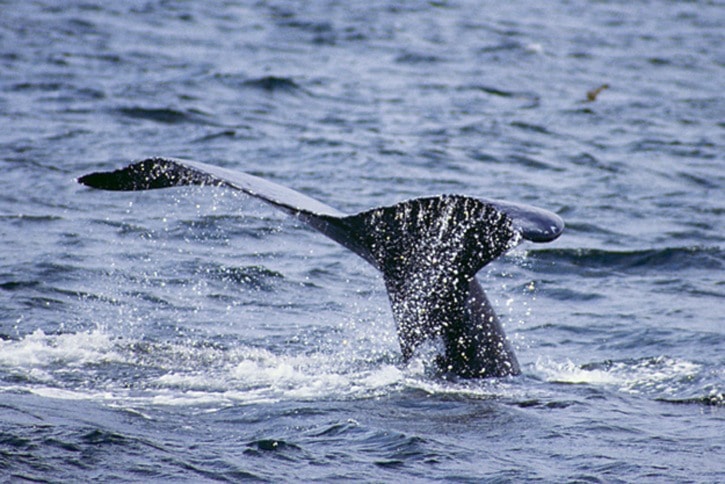April is migration month and wildlife are on the move.
At this time of year, many grey whales are heading to their summer feeding areas off Alaska, part of a 22,000 kilometre round trip from their calving waters in Baja California.
Some of these gentle giants move through the Georgia Strait, with six or seven regularly seen spouting off Ocean Park, on the east side of Boundary Bay.
This was a good winter for grey whales: a record 1,198 calves were nursed in Baja, Mexico. This once-threatened species is slowly recovering and the eastern Pacific population is about 20,000.
There are only 136 western grey whales, a group that generally lives along the coasts of Russia and China, although they also roam. In January, one was spotted off Vancouver Island, heading south.
Recent studies have also identified a more sedentary group to which some local whales belong.
Orcas, humpbacks and minke whales can also be seen in the Strait. Fifteen transient orcas recently caused a stir in Nanaimo, as they cruised in to hunt harbour seals.
Even if you miss the big guys, there are many more marine mammals to look out for: Dall’s and harbour porpoises, Pacific white-sided dolphins, two species of sea lions, river otters, even occasional sea otters. We have a wealth of marine life around us.
Sightings of whales and dolphins can be submitted to the B.C. cetacean sightings network (www.wildwhales.org) or to Orca Network (www.orcanetwork.org), which keeps an online log.
Shorelines are hubs of activity, too.
Migrating shorebirds gather to feed on biofilm and crustaceans in the mud as the tide ebbs.
Western sandpipers, tiny birds in large flocks, poke their bills fast and furiously at the mud, slurping up the goop on the surface. They need masses of energy to complete their long migration, which rivals that of the grey whale.
Some sandpipers wintered as far south as coastal Peru and Suriname and will fly north to the Yukon River delta, Alaska.
Our coastal waters and bays are an essential stopover for migrating wildlife, whether enormous whales or tiny sandpipers.
We must protect these species and their habitats to preserve the cycle of life. Please give them space and peace to feed.
Anne Murray, the author of two nature books available in local book stores, writes monthly in the Peace Arch News – www.natureguidesbc.com
